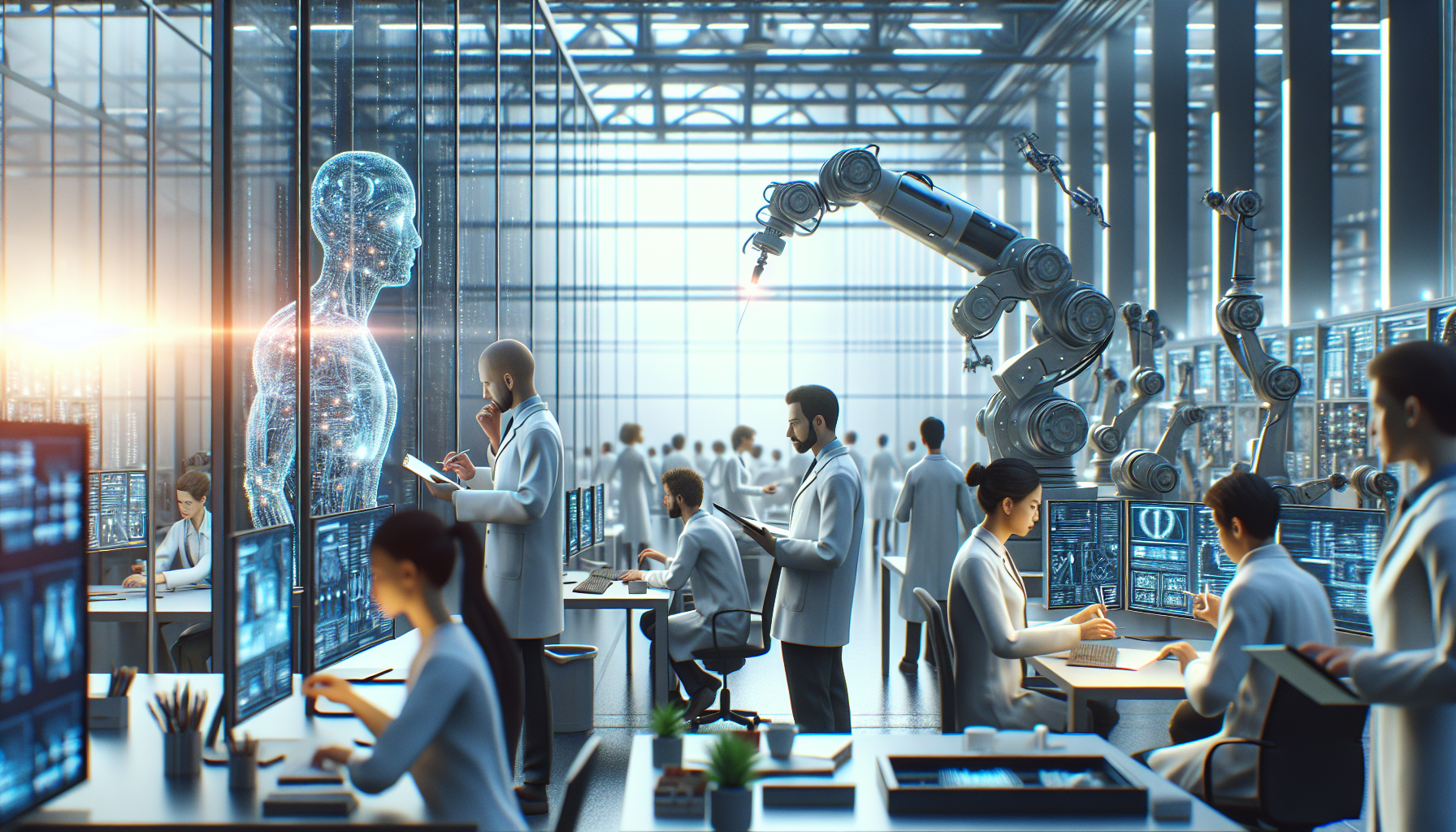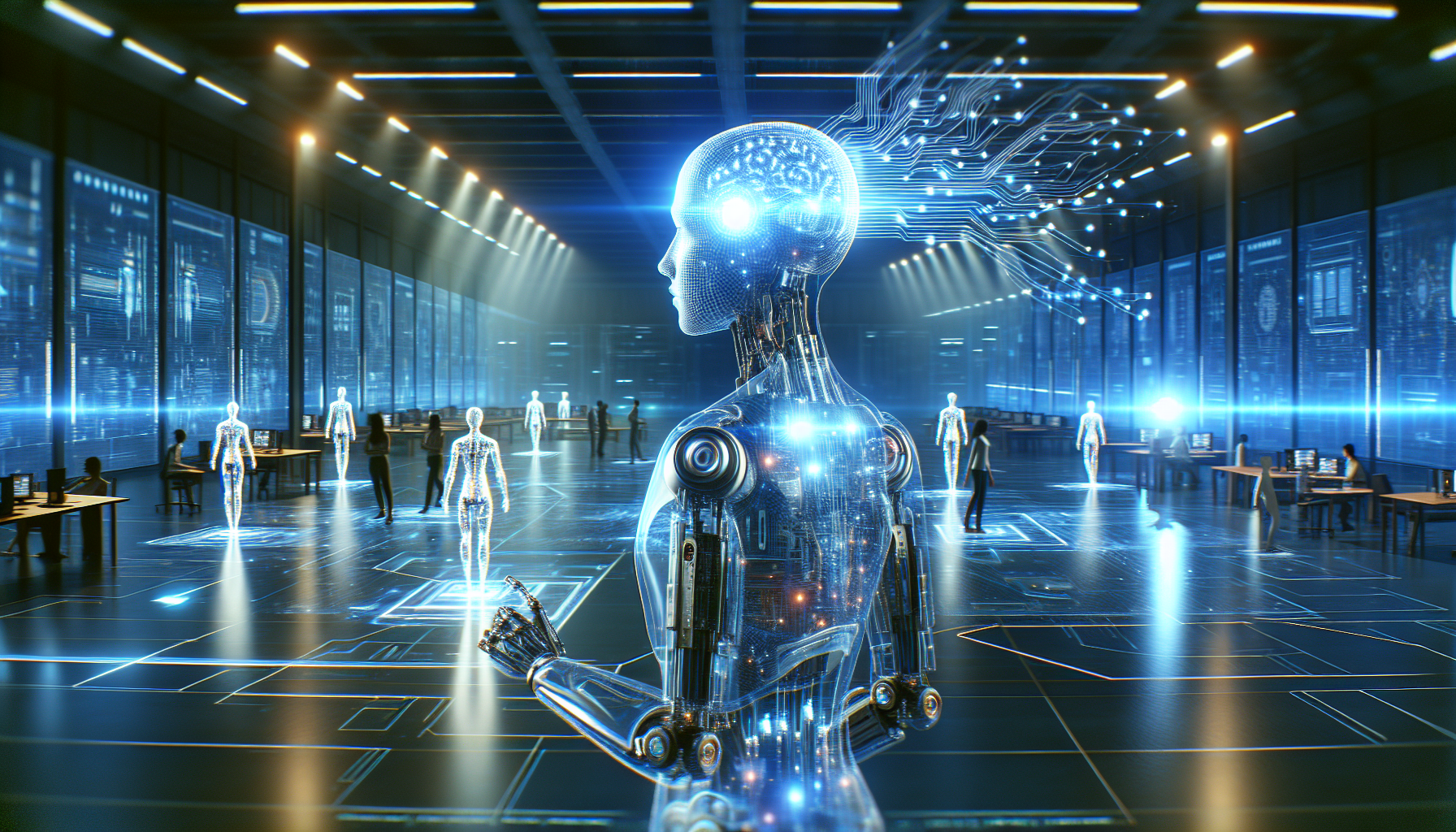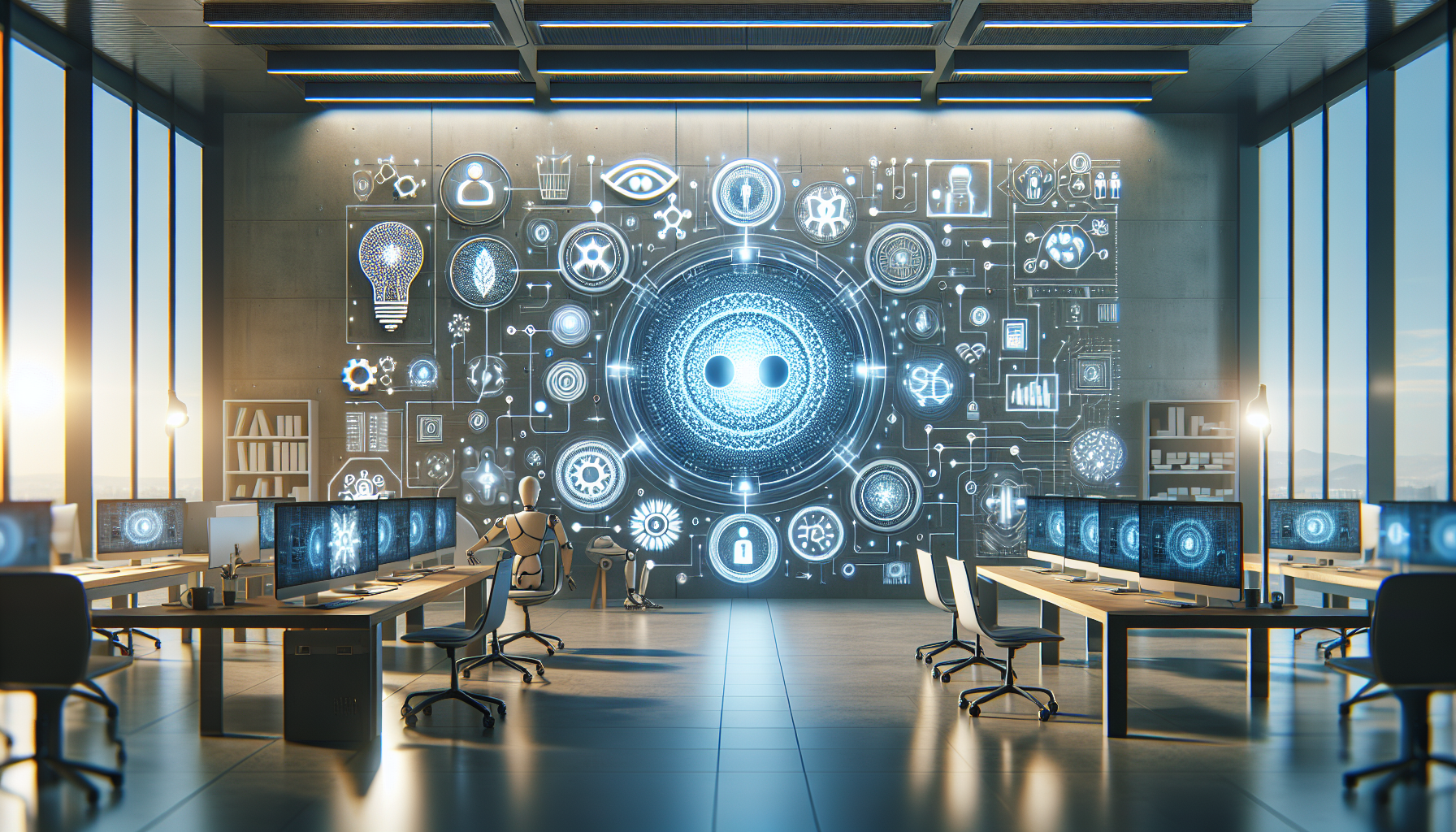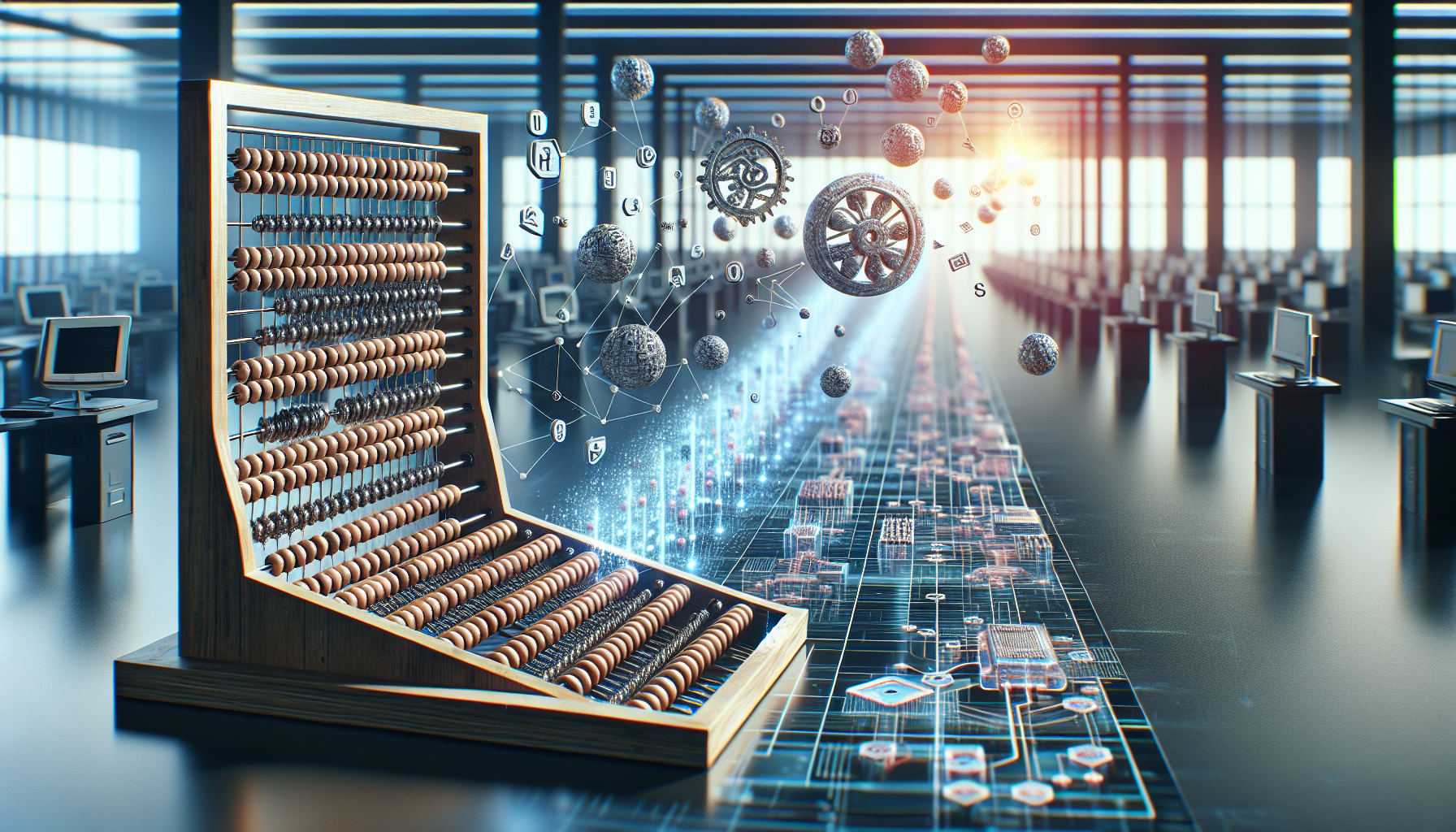
The Economic Impact of AI: Growth and Displacement-A Case Study Approach
July 23, 2025
Imagine a world where artificial intelligence (AI) is not just a futuristic concept but an integral part of everyday business operations. This isn’t science fiction—it's the reality for many industries today. As AI continues to evolve, its economic impact is both profound and multifaceted, bringing growth to some sectors while displacing jobs in others. Let's dive into a case study that highlights these dynamics, offering insights into how AI is reshaping the economic landscape.
Let's start with a company that might not immediately come to mind when you think of AI: a mid-sized logistics firm. This company, which we'll call "TransLogistics," has been around for decades, thriving on efficient supply chain management and timely deliveries. But as competition intensified, they realized that leveraging AI could be their ticket to maintaining a competitive edge.
TransLogistics adopted AI to optimize their route planning. Before AI, route planning was a manual, time-consuming task susceptible to human error. Now, with AI algorithms analyzing traffic patterns, weather conditions, and historical data, the company can craft the most efficient routes in real time. This not only reduces fuel consumption but also improves delivery times—a win-win for both the business and its customers.
The growth spurred by AI doesn't stop there. TransLogistics also implemented AI-driven predictive maintenance on their fleet of trucks. Sensors installed on vehicles collect data, which is then analyzed to predict when a part might fail. This preemptive measure drastically reduces downtime and maintenance costs, contributing to the company's bottom line. The AI-driven systems have allowed TransLogistics to expand operations without a proportional increase in overhead, demonstrating a clear economic benefit.
However, the story doesn't end with growth. There's a flip side—displacement. As AI took over route planning and maintenance predictions, some roles within the company became redundant. Employees who previously spent their days painstakingly mapping routes or performing routine checks found their skills less in demand. This shift is a microcosm of a broader trend, where AI is displacing certain job functions even as it creates new opportunities.
TransLogistics faced the challenge of addressing this displacement. Rather than resorting to layoffs, they opted for retraining. Employees were offered training programs to upskill in areas like data analysis and AI system management. This approach not only preserved jobs but also empowered workers with new, in-demand skills. As a result, what could have been a purely negative impact of AI displacement turned into a positive transformation for many employees.
This case study of TransLogistics reveals a nuanced picture of AI's economic impact. It's not just about robots taking jobs or companies thriving on the back of technology. It's about the choices businesses make when integrating AI, the strategies they employ to balance growth with displacement, and the foresight they demonstrate in preparing their workforce for the future.
On a broader scale, AI's economic impact is a complex interplay of growth and displacement across various industries. Consider the healthcare sector, where AI-driven diagnostics are improving patient outcomes while simultaneously requiring fewer human radiologists. Or the financial sector, where AI algorithms execute trades in microseconds, reshaping the role of traditional traders. These examples echo the story of TransLogistics, each illustrating the dual nature of AI's impact.
AI's potential to drive economic growth is undeniable. It offers efficiency, accuracy, and the ability to process vast amounts of data quickly. But, as with any technological advancement, there is a balance to be struck. The displacement of jobs and the ethical considerations surrounding AI implementation are challenges that require thoughtful navigation.
What lessons can we draw from TransLogistics and similar case studies? Perhaps it's the importance of adaptive strategies that focus on both leveraging AI for growth and addressing the inevitable displacement it brings. Maybe it's about fostering a culture of continuous learning, where employees are encouraged to evolve alongside technology.
As we ponder these questions, one thing is clear: AI is here to stay, and its economic impact will only grow more significant. How we choose to harness this technology will shape the future of our economies and societies. So, what will we prioritize—growth at any cost, or a balanced approach that considers the human element? The answer may hold the key to a sustainable and inclusive future in the age of AI.


